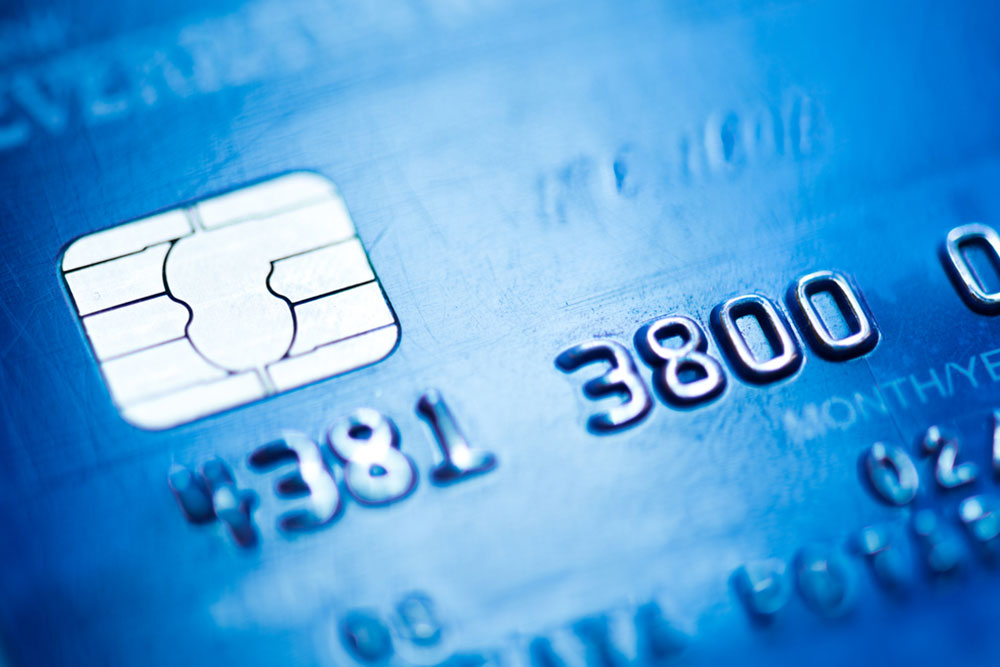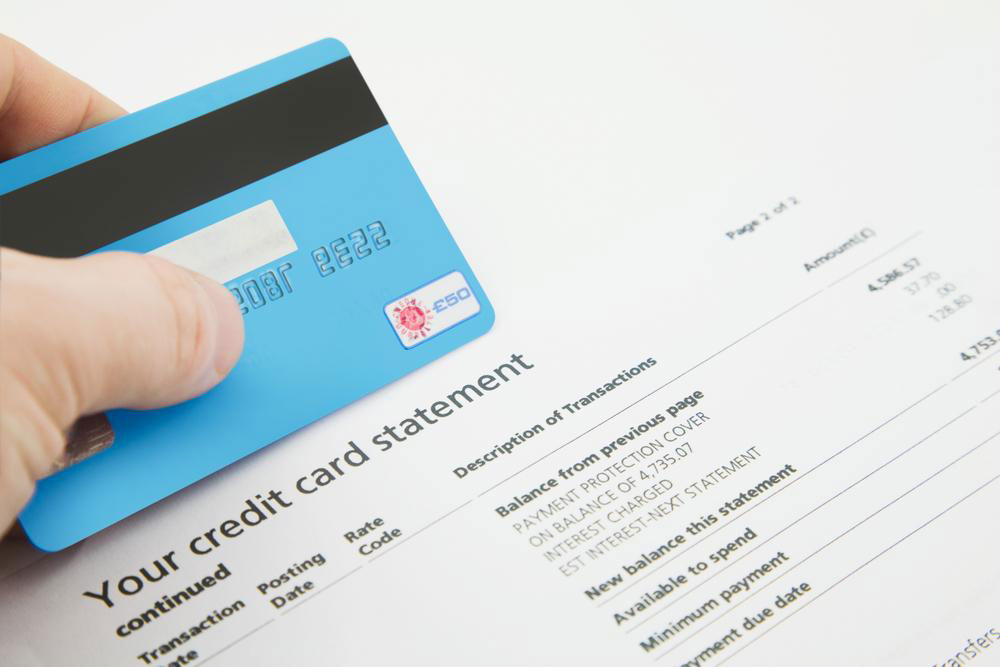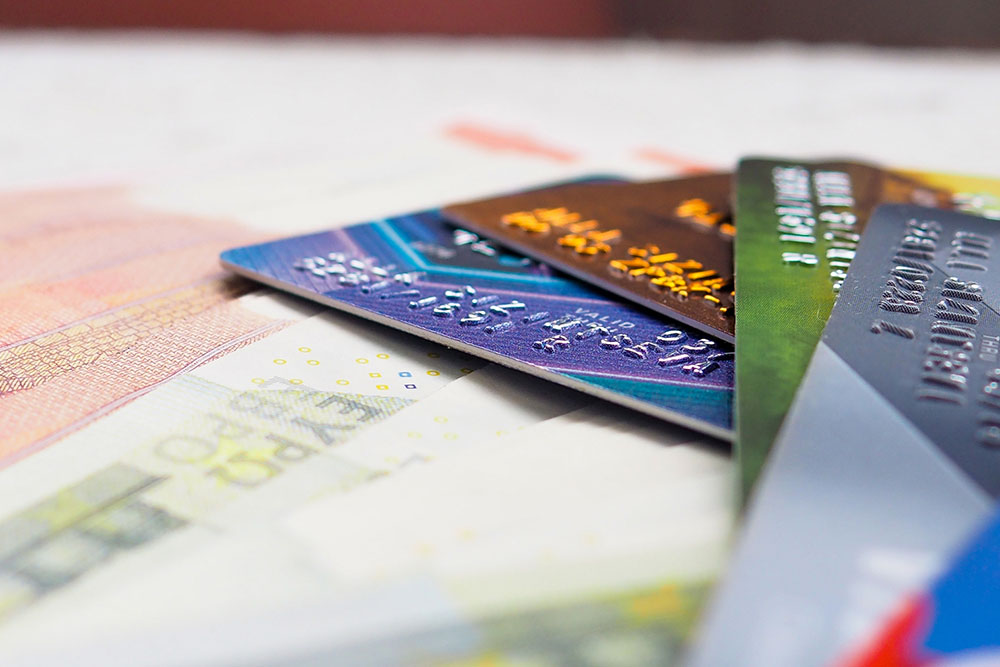The Ultimate Guide to Secured Credit Cards: Building and Rebuilding Your Credit Score
Discover how secured credit cards serve as effective tools for building and repairing credit. This comprehensive guide explores their benefits, differences from unsecured cards, and practical tips for maximizing credit growth. Learn about deposit requirements, credit reporting, potential upgrades, and responsible usage to improve your financial health gradually. Whether you're establishing credit for the first time or rebuilding after setbacks, understanding secured cards can help you achieve your financial goals with confidence.

Understanding Secured Credit Cards: A Comprehensive Guide to Building and Restoring Your Credit
Secured credit cards are specialized financial tools designed for individuals seeking to establish or repair their credit profile. Unlike traditional unsecured credit cards that rely solely on creditworthiness, secured cards require an initial cash deposit which acts as a security deposit and sets your maximum credit limit. This deposit provides assurances to lenders, making secured credit cards more accessible to individuals with limited or poor credit history. As an essential part of a strategic credit-building plan, these cards can help you demonstrate responsible borrowing behaviors, gradually improving your credit score.
Understanding the Key Differences Between Secured and Unsecured Credit Cards
Unsecured credit cards are the standard type of credit cards issued without the need for a security deposit. Their approval largely depends on your creditworthiness, including factors such as credit scores, income, and existing debt. These cards typically carry higher credit limits and may offer rewards, but they are harder to qualify for if your credit profile is not strong. In contrast, secured credit cards require a deposit, usually starting from $50 to $300 or more, which serves as collateral. This addition significantly lowers the risk for lenders, making approval easier for individuals with poor or no credit history. Secured cards are thus ideal for those aiming to rebuild credit or establish a new credit profile.
Once the secured credit card account is active and the deposit is made, the card functions similarly to any regular credit card. You can use it for everyday purchases at merchants that accept credit cards, both online and in-store. Responsible use, such as paying your balances on time and keeping your credit utilization low, helps boost your credit score over time. Many secured cards report to major credit bureaus regularly, providing a reliable record of your credit activity. Some financial institutions offer an attractive feature: after maintaining a good payment history for 12 to 18 months, you may qualify to convert your secured card into an unsecured one, removing the security deposit requirement and potentially increasing your credit limit.
Moreover, secured cards often come with benefits such as earning rewards points, cashback, or other incentives, which make them a valuable tool for credit enhancement. It's important to note that carrying a balance on the card may incur interest charges, so establishing the habit of paying your balance in full each month is crucial. Additionally, many banks allow you to increase your deposit amount to raise your credit limit, further enhancing your borrowing power. This flexibility can support your ongoing credit-building journey, making secured cards a versatile option for many consumers.
Some of the main benefits of secured credit cards include consistent reporting to credit bureaus, easier approval processes especially for those with poor or no credit history, and the possibility to earn interest on your security deposit. The security deposit acts as a safety net for lenders, reducing their risk and making it easier for borrowers to qualify. Using a secured card responsibly can pave the way for future financial opportunities, including higher credit limits, better loan terms, and even qualifying for premium credit cards.
However, there are some drawbacks associated with secured credit cards. These include typically higher interest rates compared to unsecured cards, initial deposits that must be paid upfront, and various fees like application fees, annual fees, or processing charges. Prospective users should carefully review the terms and conditions before applying. To maximize the benefits of a secured card, it’s best to pay off your balances in full each month, limit your spending to stay within a manageable credit utilization ratio, and regularly monitor your credit reports to track your progress. When your financial behavior demonstrates consistent responsibility, you may be eligible for upgrades, such as transitioning to an unsecured card or obtaining higher credit limits, which further contribute to your credit-building efforts.
Many financial institutions offer specialized secured credit card products tailored to different needs. It is advisable to visit bank websites or local branches to compare options and apply. Secured credit cards are invaluable tools for those with low or damaged credit histories—they help build trust with lenders and lay the foundation for a stronger financial future.





